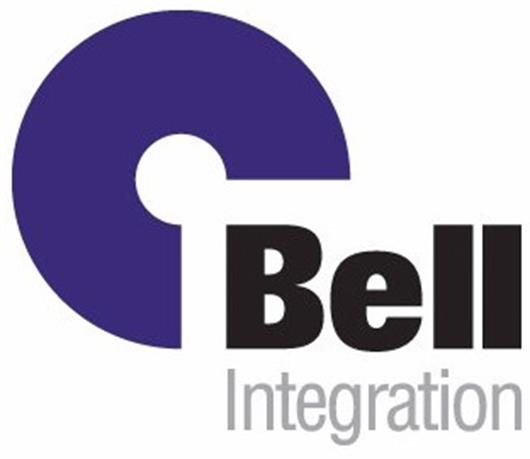 Add My Company
Add My Company

I recently attended the AWS Summit in London, Amazon Web Services’ annual conference in the UK. Whilst there was some interesting news and trends to explore, I last went to this event five years ago, so I thought reviewing how Public Cloud services have changed in the last five years would be interesting.
There are three major players in the Public Cloud market – Amazon Web Services (AWS), Microsoft Azure, and Google Cloud Platform (GCP), with numerous other players. In the last 5 years, the market share between these players hasn’t changed all that much –
There has been some consolidation in the market, with Azure and GCP increasing their market share, but the big change has been the size of the market, shown by the size of the graphs – in 2018, the global Public Cloud market was worth $70 billion, and five years later, that market is now $250 billion. Despite this, Public Cloud is estimated to be around 20% to 30% of the global IT market, so there is still plenty of room for growth.
2018 figures – Canalys – Cloud market share Q4 2018 and full year 2018 (2019)
2023 figures – Statista – Big Three Dominate the Global Cloud Market (2023)
Looking at AWS in more detail, over the last five years, they have grown from 19 regions to 31, with five more currently being built. An AWS “region” is a minimum of 3 data centres close enough to act as one but geographically separate enough to support each other in the event of a failure or disaster. Each region costs around $7 billion to build, which explains where much of the income has gone. AWS has also increased their edge locations from 117 to 450 – these are points where the AWS network is connected to the Internet and includes caching and some local services. This expansion allows faster access to services from anywhere in the world.
The number of named services AWS sell and promote has increased from 139 in 2018 to 225 now. Similarly, in 2018, they made 1400 product releases, whilst the number for 2022 was 3300. The number of named services has slowed and the latest ones have become more industry-specialised. Nevertheless, the number of product releases has more than doubled as they continue to add more features to existing products.
Whilst Public Cloud no longer has the buzz it had in 2018, these figures demonstrate that the market is still growing rapidly with few signs of slowing down. It also shows that the Public Cloud market has matured over those five years, and that is further demonstrated by how the big discussion points have changed over that time –
I’ll explore these trends in future posts.
The public cloud market continues to expand and grow, and despite AWS having the largest market share, their competitors have not stood still and show similar trends, providing a very healthy market.
For more information on How Public Cloud has changed over the last five years talk to Bell Integration

